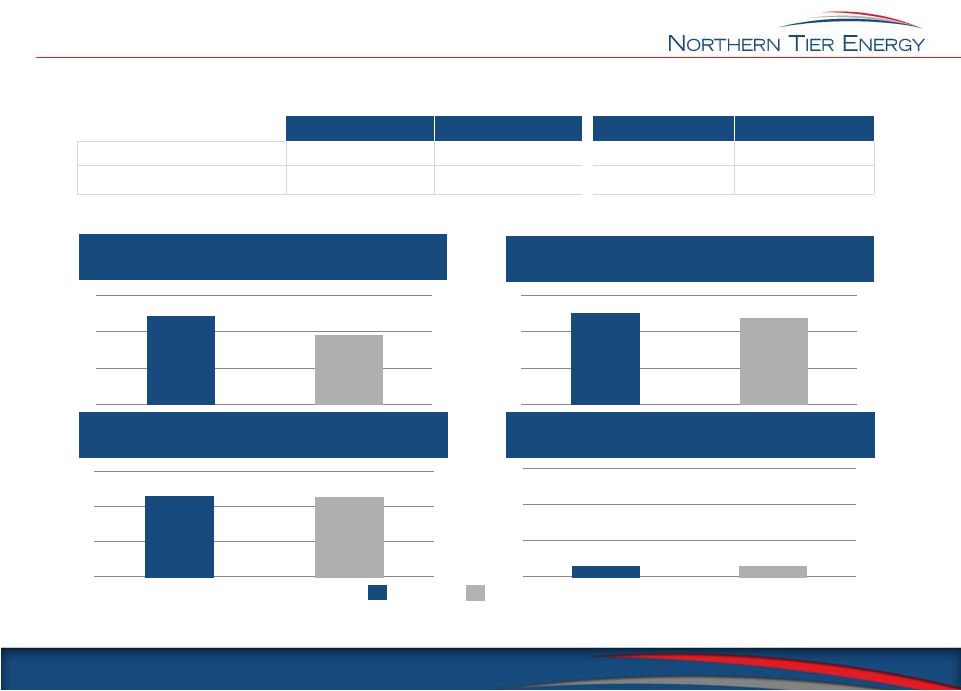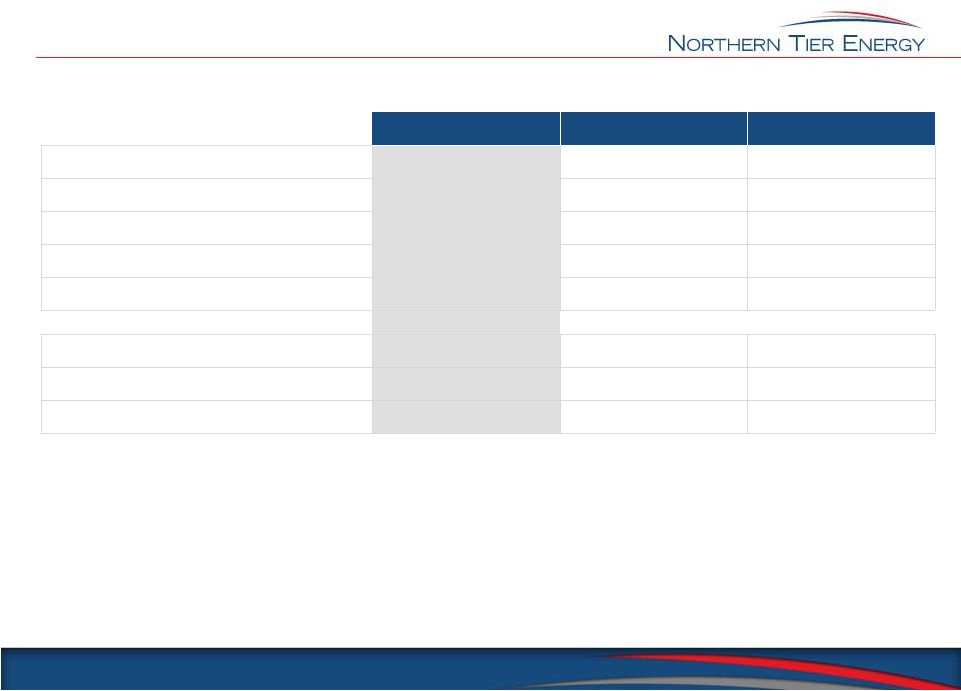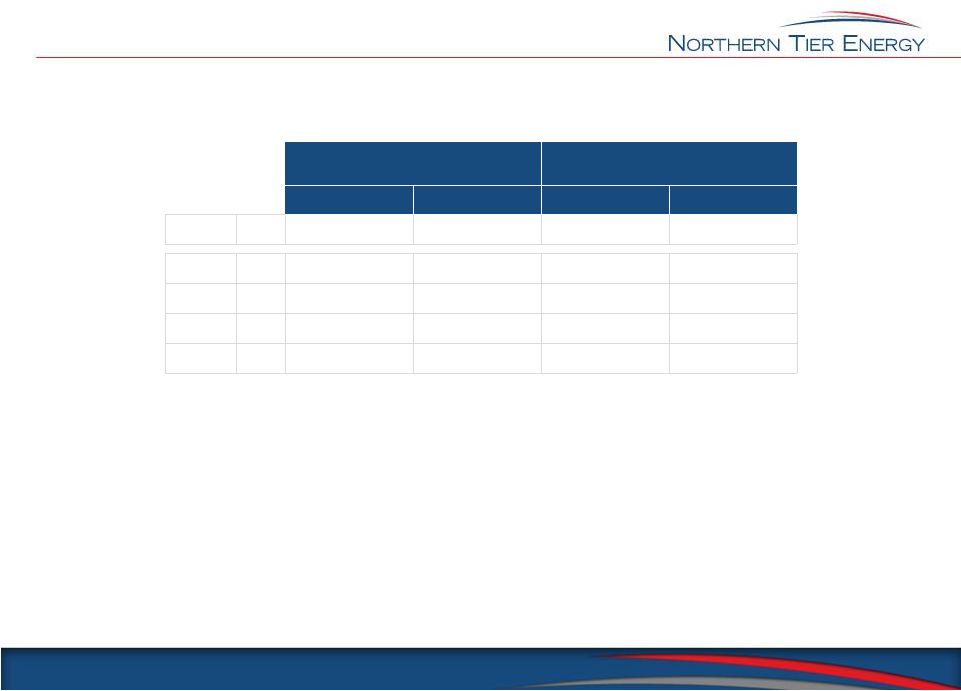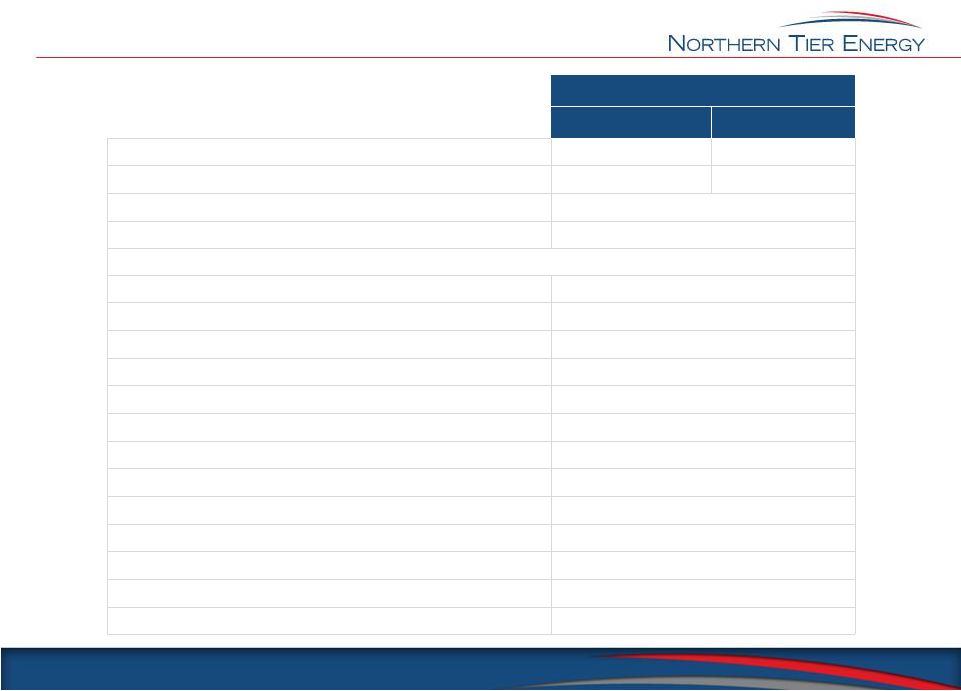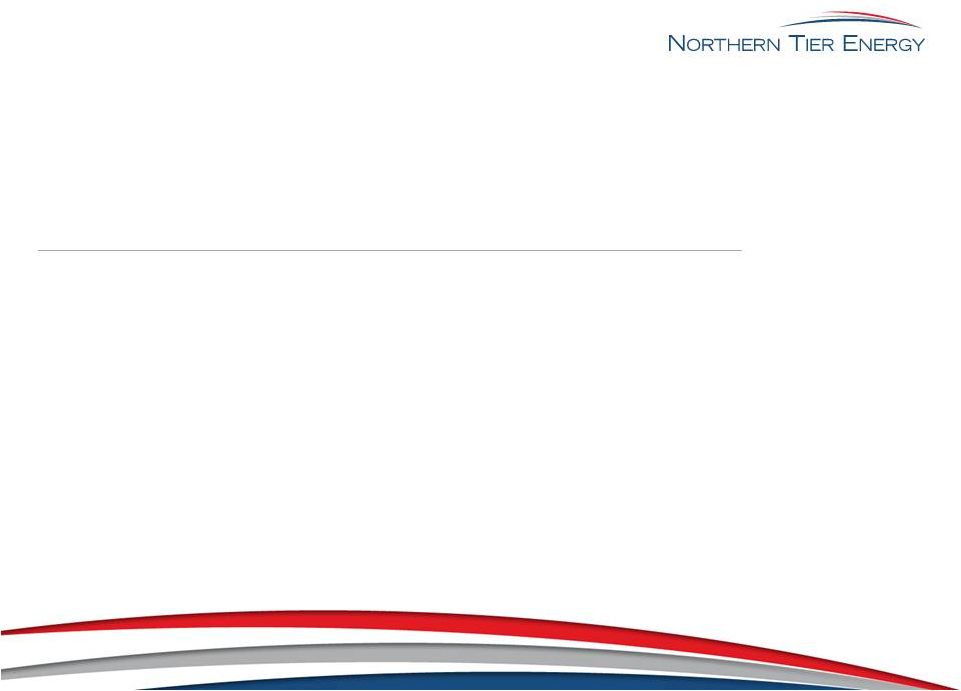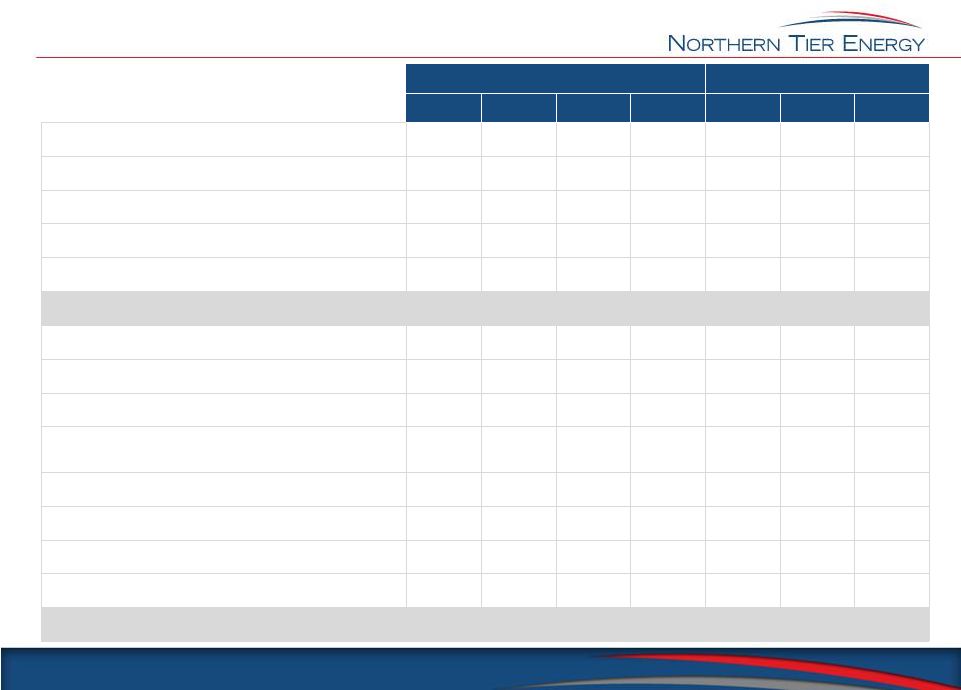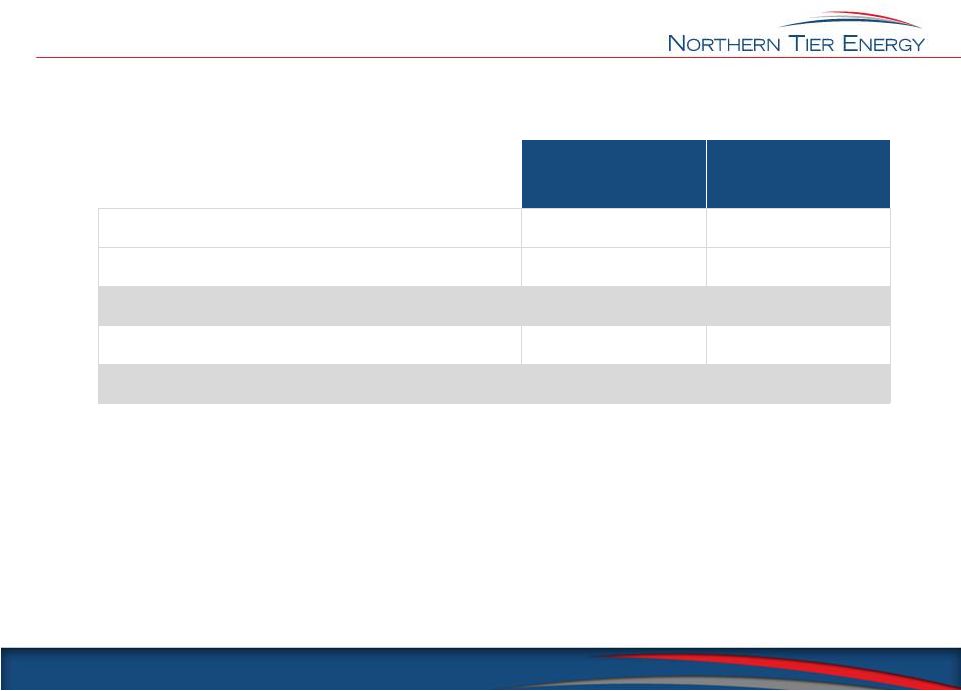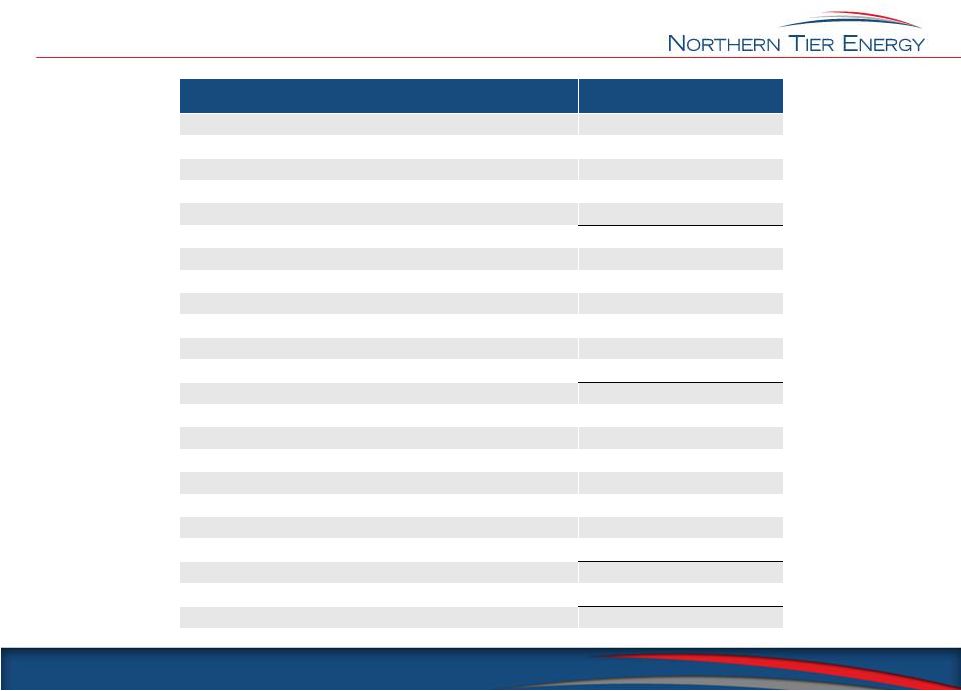Forward Looking Statements 1 The following information contains forward-looking statements within the meaning of the Private Securities Litigation Reform Act of 1995. These forward- looking statements are based on management’s current expectations and beliefs, as well as a number of assumptions concerning future events. You can identify forward-looking statements by words such as “anticipate,” “believe,” “estimate,” “forecast,” “project,” “could,” “may,” “should,” “would,” “will or other similar expression that convey the uncertainty of future events or outcomes. These forward-looking statements are based on our current expectations and beliefs concerning future developments and their potential effect on us. While management believes that these forward-looking statements are reasonable as and when made, there can be no assurance that future developments affecting us will be those that we anticipate. All comments concerning our expectations for future revenues and operating results are based on our forecasts for our existing operations and do not include the potential impact of any future acquisitions. Our forward-looking statements involve significant risks and uncertainties (some of which are beyond our control) and assumptions that could cause actual results to differ materially from our historical experience and our present expectations or projections. Important factors that could cause actual results to differ materially from those in the forward-looking statements include, but are not limited to, the overall demand for hydrocarbon products, fuels and other refined products; our ability to produce products and fuels that meet our customers’ unique and precise specifications; the impact of fluctuations and rapid increases or decreases in crude oil, refined products, fuel and utility services prices and crack spreads, including the impact of these factors on our liquidity; fluctuations in refinery capacity; accidents or other unscheduled shutdowns or disruptions affecting our refinery, machinery, or equipment, or those of our suppliers or customers; changes in the cost or availability of transportation for feedstocks and refined products; the results of our hedging and other risk management activities; our ability to comply with covenants contained in our debt instruments; labor relations; relationships with our partners and franchisees; successful integration and future performance of acquired assets, businesses or third-party product supply and processing relationships; our access to capital to fund expansions, acquisitions and our working capital needs and our ability to obtain debt or equity financing on satisfactory terms; currently unknown liabilities in connection with the Marathon Acquisition (as defined herein); environmental liabilities or events that are not covered by an indemnity, insurance or existing reserves; dependence on one principal supplier for merchandise; maintenance of our credit ratings and ability to receive open credit lines from our suppliers; the effects of competition; continued creditworthiness of, and performance by, counterparties; the impact of current and future laws, rulings and governmental regulations, including guidance related to the Dodd-Frank Wall Street Reform and Consumer Protection Act; shortages or cost increases of power supplies, natural gas, materials or labor; weather interference with business operations; seasonal trends in the industries in which we operate; fluctuations in the debt markets; potential product liability claims and other litigation; and changes in economic conditions, generally, and in the markets we serve, consumer behavior, and travel and tourism trends. For additional information regarding known material factors that could cause our actual results to differ from our projected results, please see (1) Part II, “Item 1A. Risk Factors” and elsewhere in our form 10-Q, dated November 13, 2012 (File No. 001-35612) and (2) “Risk Factors” in our final prospectus, dated July 25, 2012 (the “Prospectus),” included in our Registration Statement on Form S-1 (File No. 001-35612). The presentation also includes non-GAAP measures. We believe that these non-GAAP financial measures provide useful information about our operating performance and should not be viewed in isolation or considered as alternatives to comparable GAAP measures. Our non-GAAP financial measures may also differ from similarly names measures used by other companies. See the disclosures in the “Management’s Discussion and Analysis of Financial Condition and Results of Operations” included in our quarterly financial statements for the three and nine months ended September 30, 2012 for additional information on the non –GAAP measures used in this presentation and reconciliations to the most directly comparable GAAP measures. | 

